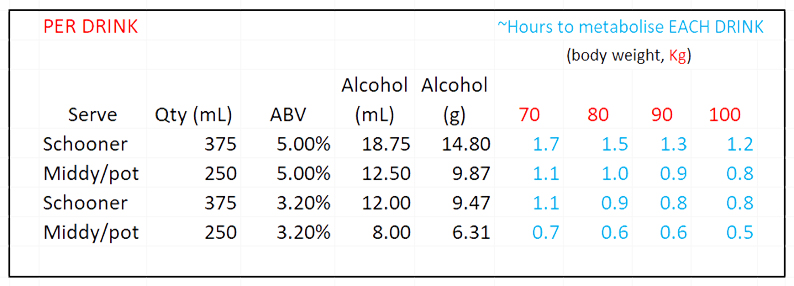The Transport Accident Commission has released a hard-hitting public service campaign aimed at discouraging people from driving after drinking at all, telling consumers to stop ‘kidding’ themselves.
The new “Drink Driving: Stop Kidding Yourself” campaign by the Commission (TAC) in Victoria aims to encourage people to make the choice to separate drinking from driving – every time.
It hopes to change ingrained community behaviour, debunking what it says are myths about a person’s ability to be alright to get behind the wheel.
The ads feature a typical man, talking to the camera as he leaves the pub, explaining how he follows certain ‘rules’ to stay under the limit. His words soon ring untrue. (Full ad below)
The TAC says the decision to drive is often based in widely held but inaccurate beliefs, such as eating, pacing yourself and consuming water.
It follows insights revealing that while one in five drivers killed on Victorian roads have a BAC (Blood Alcohol Concentration) of the legal 0.05 limit or above, 41 per cent of Victorian drivers responded that they will drive after having drinks.
The National Library of Medicine says the rates at which people metabolise alcohol vary widely, and there are a number of factors affecting its absorption, including the concentration and rate of consumption. However, the type of alcoholic beverage consumed is said to make little difference to the rate of absorption.

Launched this week, the campaign will run until the end of January across TV, radio, online video, social media, cinema, and OOH, directed at all drivers but with a particular focus on males, who are reportedly overrepresented in drink driving instances.
It is released as a timely reminder, headed into summer and the festive season.
“We want to embrace a culture where driving after drinking any alcohol is not considered normal,” says TAC CEO Tracey Slatter.
“Many people think they can manage their blood-alcohol level by following a set of vague rules handed down through generations, but the only way to avoid the risk entirely is to completely separate drinking and driving.”






